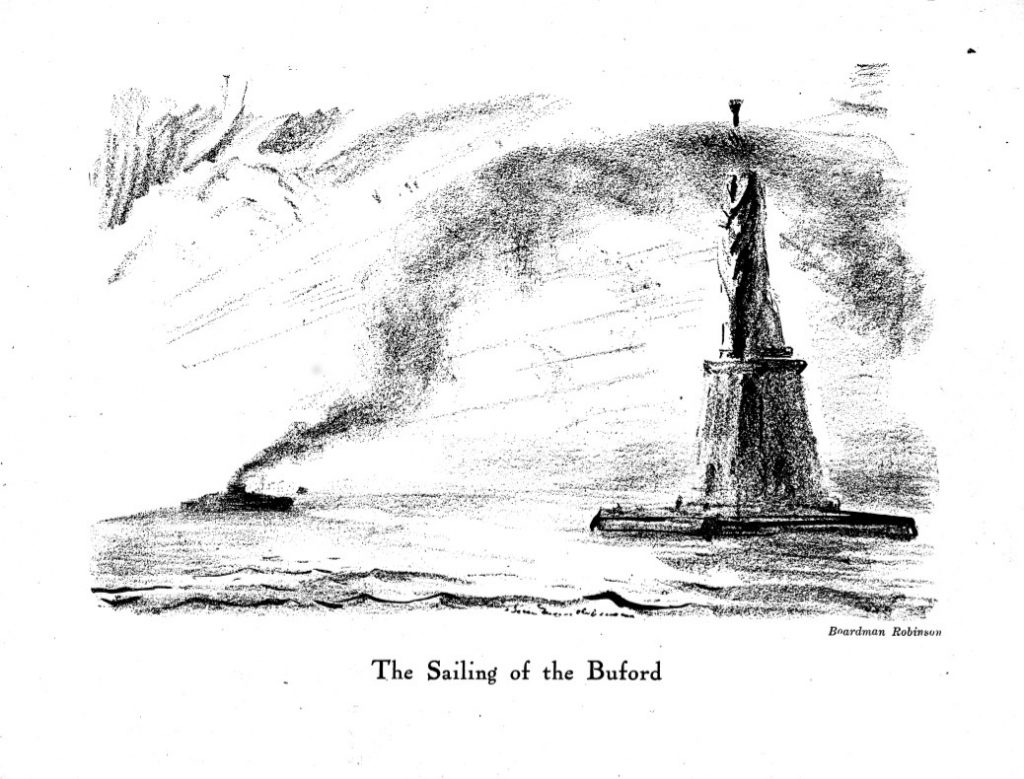
Nationality
Red Scare deportees were forcibly removed to at least thirty different countries. The vast majority of these were in Europe, though they also included Argentina, Canada, China, Cuba, and Mexico. Nearly 70% of all deportees I have identified (568) were repatriated to Russia, followed by Italy (at least 55 deportees, or 6.7% of the total), the United Kingdom (at least 29, or 3.5%), Germany (at least 20, or 2.4%), Yugoslavia (at least 19, or 2.3%), and Sweden (at least 18, or 2.2%).
Political Affiliation
Approximately 40% of deportees were members of the anarcho-syndicalist Union of Russian Workers of the United States and Canada. 19.3% belonged to the syndicalist Industrial Workers of the World, and 14.7% were anarchists affiliated with smaller, independent groups. Together, these comprised nearly 70% of all deportees (Note: many deportees had multiple affiliations). Members of the newly-formed Communist Party of America comprised another 29.3%, followed by a small number of deportees affiliated with the Socialist Party of America, the United Communist Party, the Communist Labor Party, the Socialist Labor Party, or no organization at all.
Age
The oldest known deportee, Adolph Gross, was a German-born bookseller and grandfather who was born in 1860 and came to the US with his family at age twelve, making him sixty-one years old at the time of his deportation in 1921. The youngest deportee, Timofey (Thomas) Pavlovich Bukhanov, was just seventeen years old when he was deported on the Buford, after having spent ten of those years in the US and attending American schools. The average deportee, however, was born between 1889 and 1890, immigrated to the US around age twenty-two, and lived in the US for eight or nine years prior to his or her expulsion.
Gender
The overwhelming majority of Red Scare deportees were men. The twenty-two female deportees I have identified made up just 2.6% of the total. This was likely the result of three compounding factors: unbalanced immigrant gender ratios, the predominance of men across radical and labor organizations, and the federal government’s general obliviousness and dismissal of radical women.
Class
The deportees were overwhelmingly working-class, and none could be described as wealthy. At least two-thirds occupied the bottom of the the occupational ladder, working as sailors, lumber workers, miners, agricultural laborers, factory workers, or simply “laborers” who moved from job to job across several industries. Less than 5% worked jobs that could be classified as “white-collar,” but even many of these were self-taught journalists and editors for labor and leftist publications that paid little or no salary.
Race
For both demographic and bureaucratic reasons, US authorities rarely targeted non-Europeans for deportation under anti-anarchist immigration laws. (Government officials employed a separate group of anti-Asian statutes against immigrants from Asia, and disproportionately targeted Mexicans with laws excluding poor and illiterate immigrants.) The only First Red Scare deportees who today would be considered “people of color” were two Chinese IWW members, nine Mexican radicals, one Persian from within the Russian Empire, and one or two racially mixed Cubans.
The racial categories in use at the time, however, did not lump all Europeans together into a single “white” race. In fact, the Bureau of Immigration recorded all deportees by “Race or People” rather than nationality or citizenship. The “races” represented among the Red Scare deportees therefore also included groupings such as “Hebrew,” “Magyar,” and separate categories for “Italian (north)” and “Italian (south),” all of which would have been considered by some at the time as either not “white,” or as inferior “white races.”
